Remembering the Past: The Benefits of Reminiscence Therapy for Older Adults and Dementia Patients
As we age, reminiscing on past experiences can bring joy and happiness. However, for individuals with dementia, reminiscing can serve as a therapeutic tool that helps improve their overall well-being. Reminiscence therapy is a type of therapy that involves the discussion of past experiences, events, and memories with the goal of improving mental health and quality of life. Here are some key points to know about reminiscence therapy for older adults and dementia patients:
What is
reminiscence therapy?
Reminiscence therapy is a type of therapy that involves the recollection of past experiences, events, and memories, often with the help of a therapist. The goal of this therapy is to help older adults and dementia patients process their past experiences and develop a positive outlook on life.
How does
reminiscence therapy work?
Reminiscence
therapy can be done individually or in a group setting. Reminiscence therapy
works by tapping into an individual's long-term memories, often from their
childhood or young adulthood. By doing so, it helps individuals to reconnect
with their personal history, rediscover their identity, and provide a sense of
purpose and meaning. It can also help to improve communication and
socialization skills, increase feelings of self-worth and self-esteem, and
reduce anxiety and depression. The
therapy can also involve cognitive exercises to help stimulate the mind and
promote overall well-being.
According to a study published in the American Journal of Alzheimer's Disease and Other Dementias, reminiscence therapy was found to be effective in improving cognitive function and reducing depression in individuals with dementia (Woods et al., 2005). Similarly, another study published in the Journal of Gerontological Nursing found that reminiscence therapy was effective in reducing agitation and improving overall behavior in individuals with dementia (Hsieh et al., 2003).
Reminiscence
therapy typically involves a trained therapist or caregiver who helps to guide
the individual through their memories using prompts such as photos, music, or
objects from the past. The therapist will typically guide the discussion and
encourage the individual or group to share their memories and experiences. It
can be done individually or in a group setting, and can be adapted to fit the
unique needs and abilities of each individual.
Benefits
of reminiscence therapy
Numerous
studies have shown the benefits of reminiscence therapy for older adults and
dementia patients. For example, a study published in the Journal of the
American Geriatrics Society found that reminiscence therapy improved the
quality of life of older adults with dementia by reducing symptoms of
depression and anxiety. Another study published in the International Journal of
Geriatric Psychiatry found that reminiscence therapy improved cognitive
function in older adults with dementia.
Types of reminiscence therapy
There are
several types of reminiscence therapy that can be used with older adults and
dementia patients.
Oral
History: This type of reminiscence therapy involves talking with patients about
their life experiences, memories and personal stories. It can be conducted
one-on-one or in a group setting.
Life
Review: Life review therapy involves looking back over an individual’s life
experiences and examining the positive and negative events that occurred. This
can be helpful in promoting acceptance, meaning and closure.
Music Reminiscence: This type of therapy uses music to trigger memories and emotions. Patients are encouraged to listen to music from their past and share their memories and feelings with others.
TimeSlips: This is a more creative approach to reminiscence therapy, using improvisation and storytelling to engage patients and encourage them to share their memories and feelings.
Object and
Photo Reminiscence: This type of therapy involves the use of objects and photos
to trigger memories and encourage patients to share stories related to the
objects or pictures.
Research has shown that reminiscence therapy can be effective in reducing depressive symptoms, improving social functioning and increasing quality of life in older adults and dementia patients.
Tips for practicing reminiscence therapy
If you or
someone you know is interested in reminiscence therapy, there are several tips
that can help make the experience more enjoyable and beneficial:
- Choose a quiet and comfortable setting for the therapy session.
- Use props such as old photos, music, or other sensory items to help trigger memories.
- Encourage the individual or group to share their memories and experiences.
- Be respectful and non-judgmental of their experiences.
- Follow up with the individual or group to see how they are feeling after the therapy session.
In conclusion, reminiscence therapy can be a valuable tool for improving the mental health and quality of life of older adults and dementia patients. By providing a safe and comfortable space for individuals to share their memories and experiences, reminiscence therapy can help individuals develop a positive outlook on life and improve overall well-being.
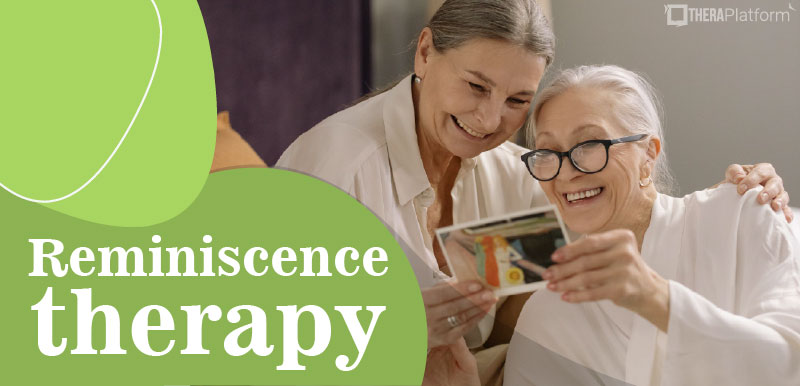
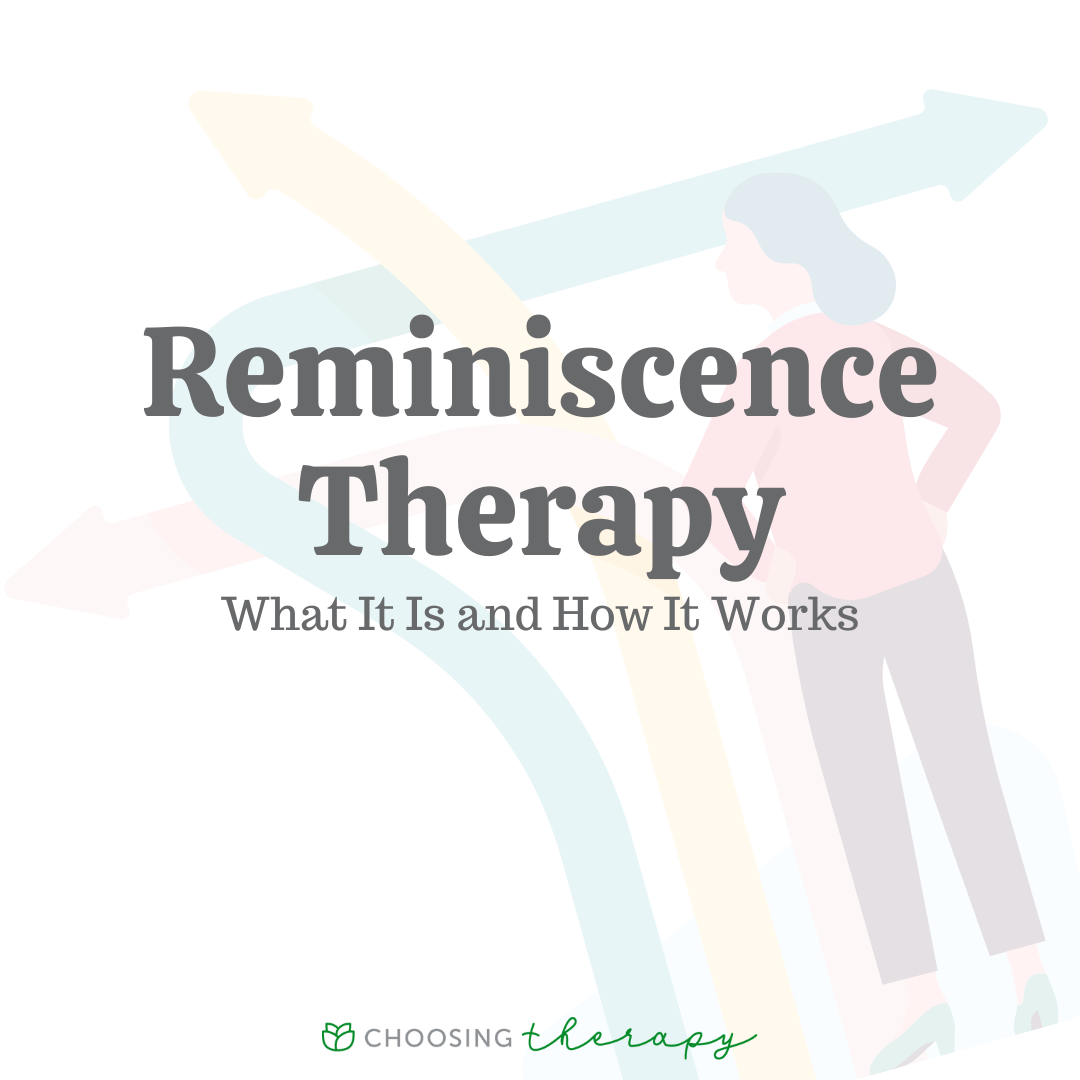
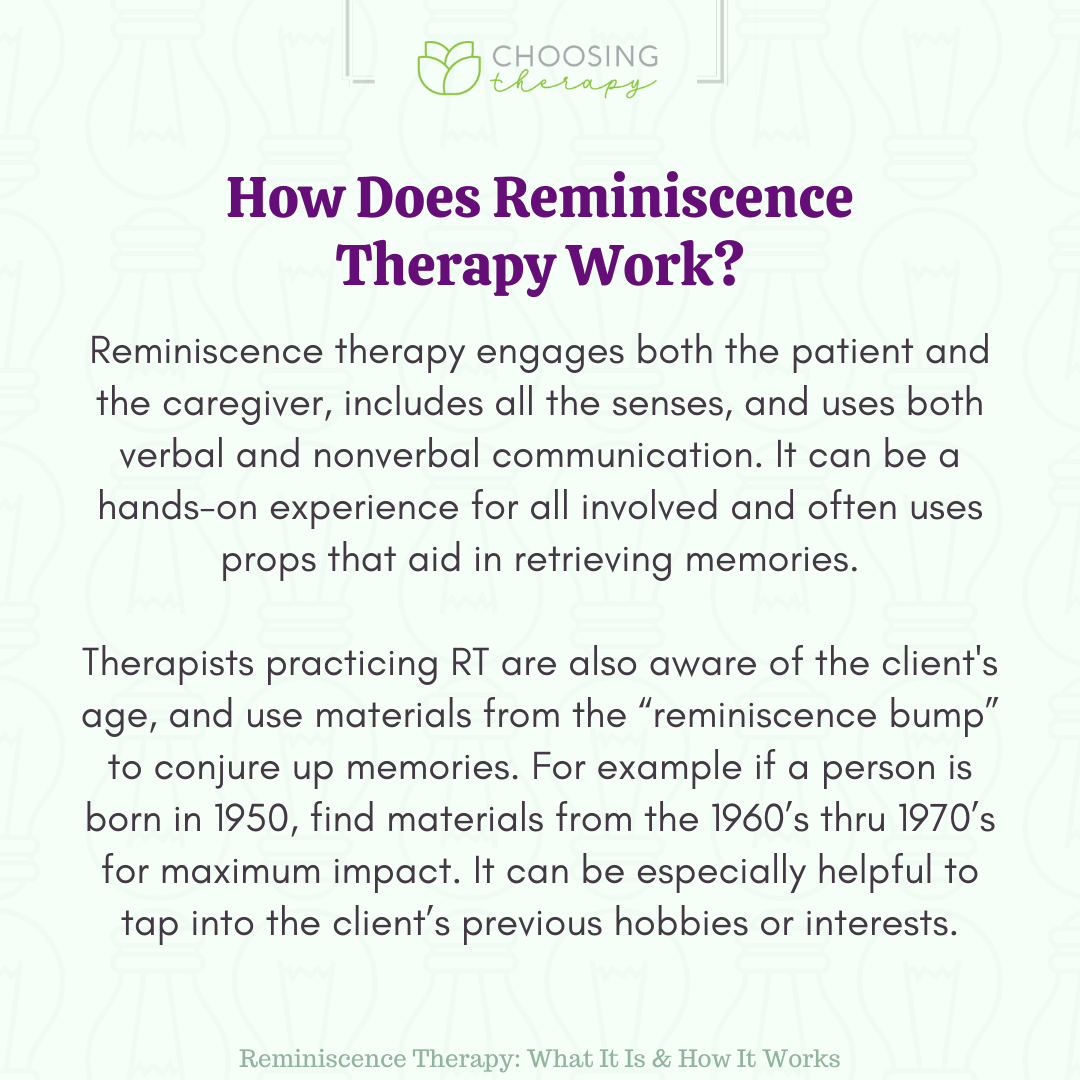
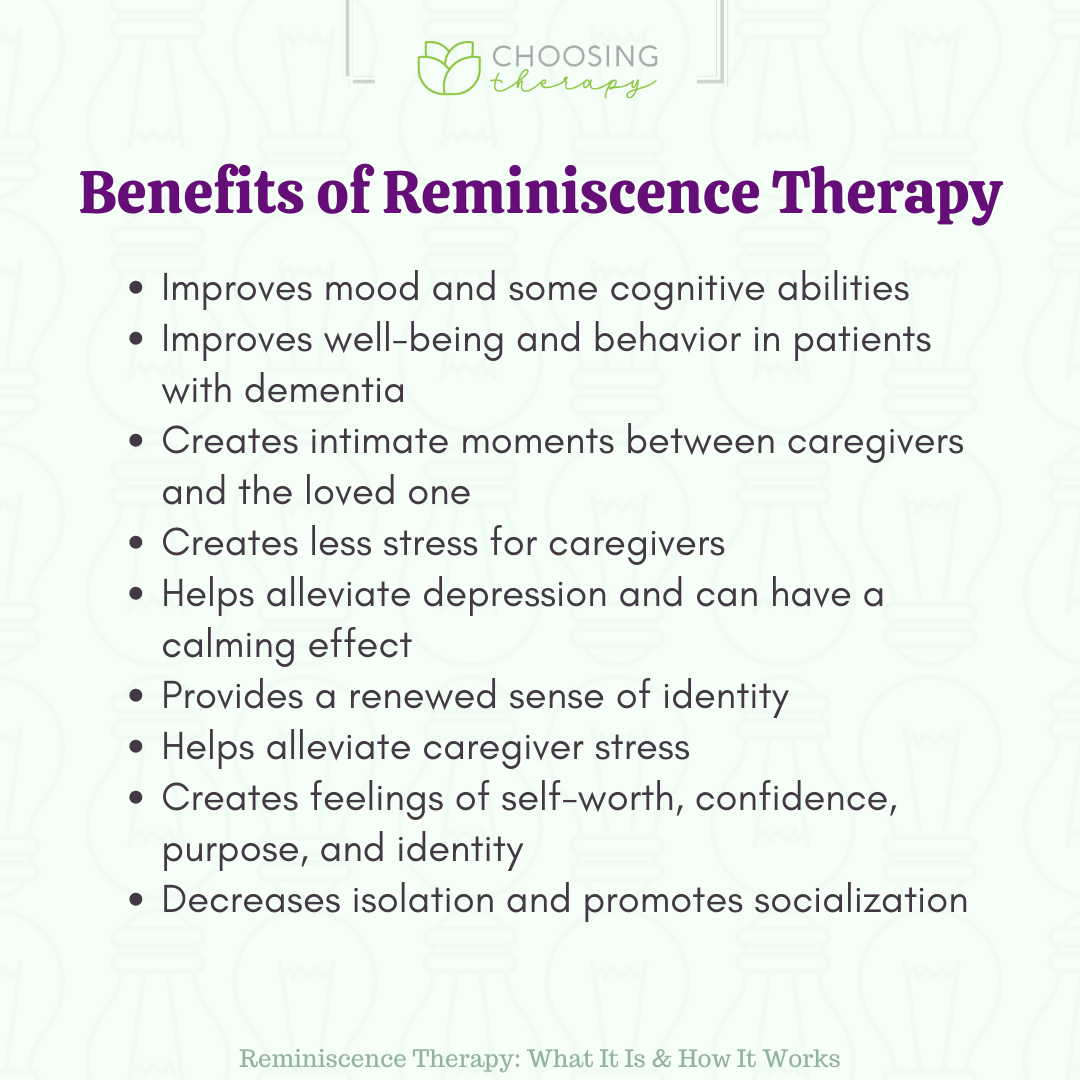



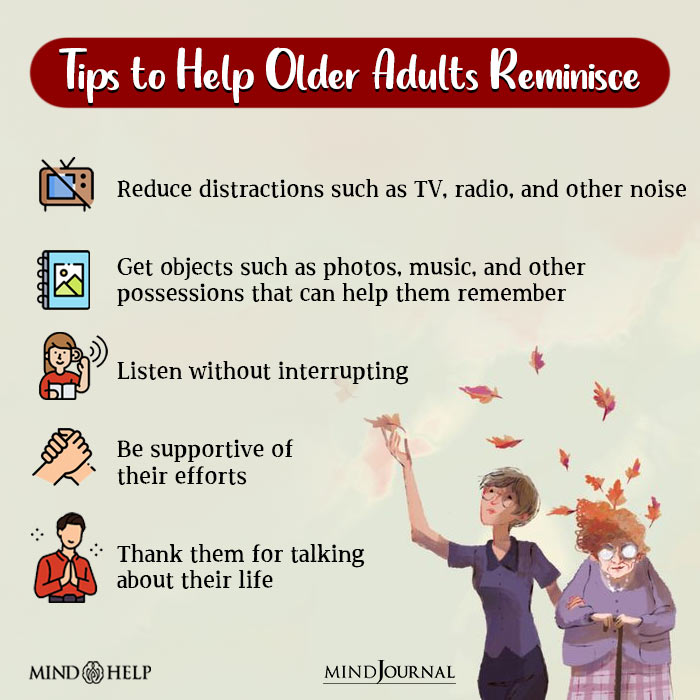
Comments
Post a Comment